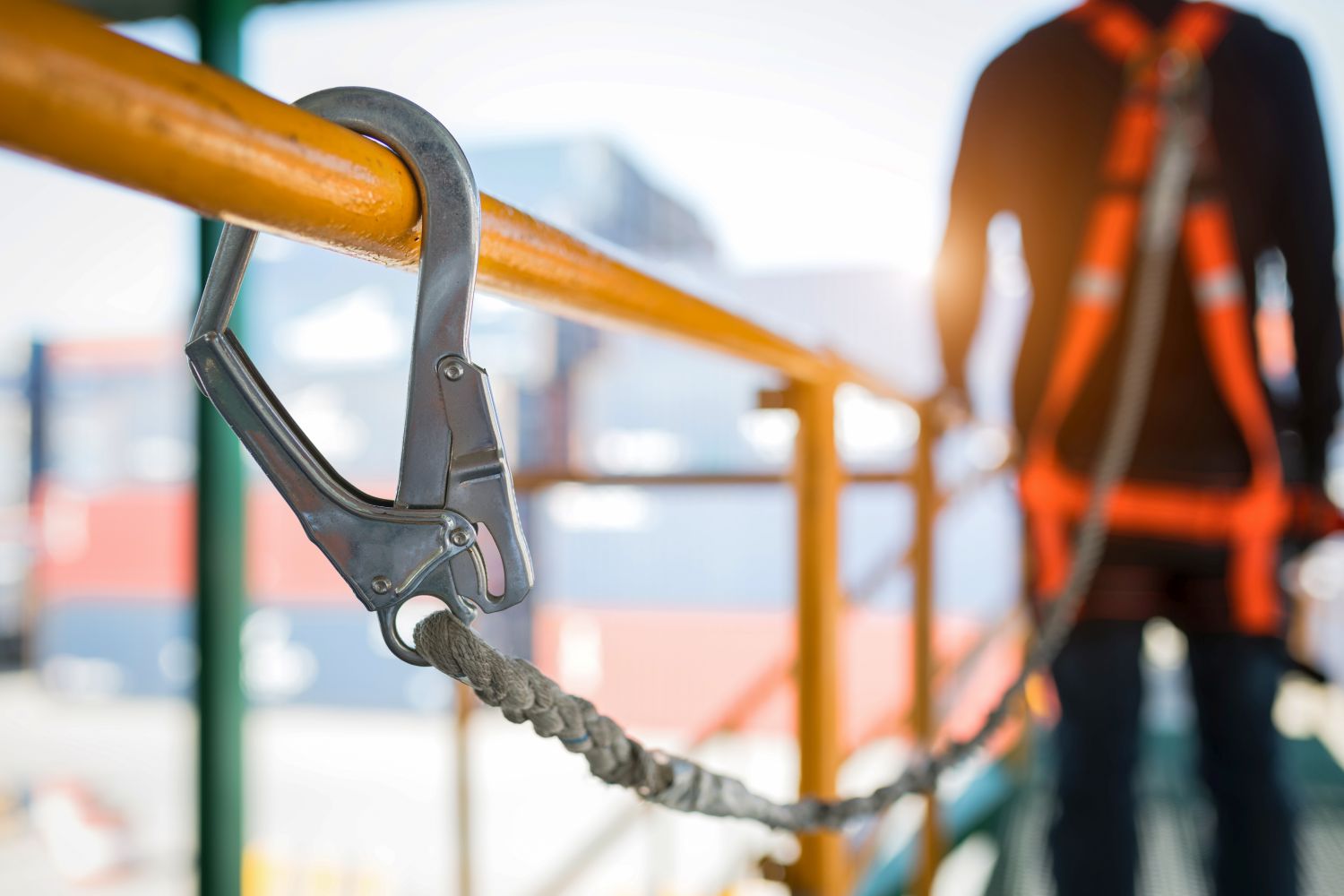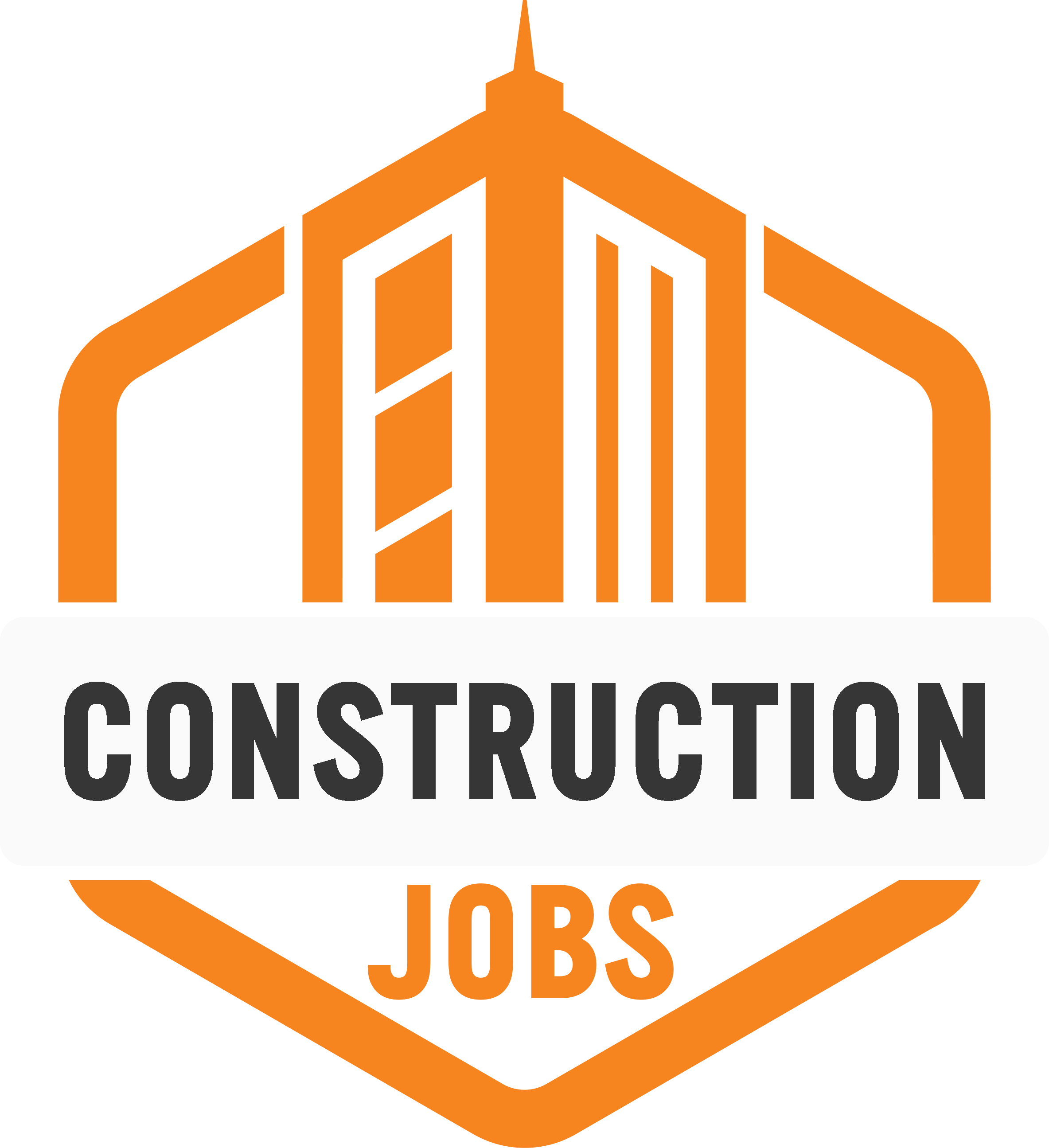Building Under Pressure: Why Keeping Calm is Crucial
Construction sites demand alertness and mental agility. In high-risk situations, maintaining mental clarity becomes your most vital asset.

On construction sites, potential hazards such as heavy machinery, elevated work areas, or unpredictable weather conditions surround you.
When emergencies arise, your ability to stay calm and focused can mean the difference between a controlled response and a chaotic reaction. Clarity allows you to assess the situation quickly, make informed decisions, and take the necessary actions to protect yourself and others.
Dangerous Situations on Construction Sites
On any given day, you’ll likely encounter various hazards that can quickly escalate into dangerous situations. Understanding these common risks is essential for staying prepared and minimizing potential harm on the job.
Falls from Heights
When working at heights, scaffolding collapses or unsecured ladders pose significant risks, often with fatal consequences. In fact, 20% of all workplace deaths in 2022 occurred in the construction industry, highlighting the daily dangers you’re up against. It’s crucial to ensure all equipment is adequately secured and inspected before use to prevent tragic accidents.
Equipment Malfunctions
When relying on heavy machinery or power tools, unexpected failures can happen at any moment, turning routine tasks into dangerous situations. For example, aerial lifts might suddenly stop working due to a power interruption or low voltage, leaving you stranded or at risk of injury. That’s why it’s important to be aware of these potential issues and plan to safely handle equipment failures when they occur.
Maintaining Calm in Dangerous Situations
Staying calm under pressure is one of the most essential skills on a construction site. When dangerous situations arise, your ability to maintain composure directly impacts how effectively you can respond and keep everyone safe.
These steps make it easier to think clearly and react appropriately:
- Take a deep breath: Slow down your breathing to reduce anxiety and clear your mind. Try breathing from your diaphragm to lessen the amount of effort your body needs to exert to breathe.
- Assess the situation: Quickly evaluate the environment to understand the severity of the danger.
- Follow established protocols: Rely on the safety procedures you’ve learned during training to guide your actions.
- Communicate clearly: Inform others around you about the situation and what steps you need to take.
- Focus on one task at a time: To avoid becoming overwhelmed, concentrate on one step at a time to resolve the situation.
These simple yet effective techniques can help you keep control, even when things get chaotic. Knowing what to do in a high-pressure situation makes you less likely to panic.
This is especially important considering slips, trips, and falls cause over 700 fatalities annually in the workplace. Participating in drills builds the muscle memory to respond effectively and save lives, including your own.
Moreover, maintaining calmness in a dangerous situation allows you to think clearly and make rational decisions, which can prevent further harm to yourself and others. When you stay composed, you’re more likely to follow safety protocols accurately, communicate effectively, and take the right steps to control the situation.
On the other hand, panic can lead to mistakes, cause more confusion, and potentially escalate the danger. Keeping calm creates a safer environment where everyone can work together to resolve the issue and minimize injuries.
Practical Strategies to Prevent Dangerous Situations
Preventing dangerous situations on construction sites starts long before any incident occurs. By implementing proactive strategies, you can reduce the risks and create a safer work environment for everyone involved.
Regular Safety Audits
Routine checks identify and mitigate potential risks on the construction site, helping catch issues before they turn into serious problems. The frequency of these audits can vary depending on the nature of the project, and it’s essential to review and adjust them whenever your safety and health program changes. Staying on top of inspections ensures all safety protocols are current and helps keep everyone on-site protected from unforeseen dangers.
Use of Personal Protective Equipment
Ensuring the proper use of personal protective equipment (PPE) is one of the simplest yet most effective ways to reduce injury risks on the job. Wearing PPE minimizes exposure to hazards that can cause severe workplace injuries and illnesses, such as falls, chemical exposure, or flying debris. Making PPE a nonnegotiable part of your daily routine increases your chances of staying safe on the job.
Building a Safety-First Culture on the Jobsite
Fostering a safety-first mindset on construction sites starts with your commitment to following best practices. When you prioritize safety in everything you do, you protect yourself and set an example for others, creating a safer environment for everyone.
- Share This →

